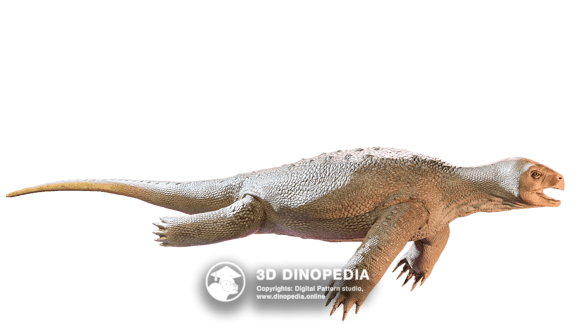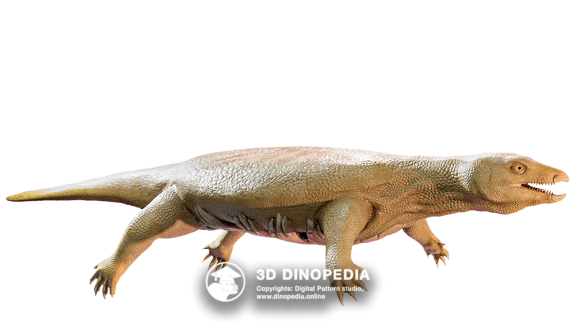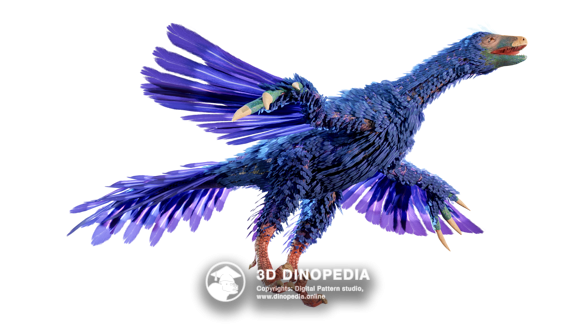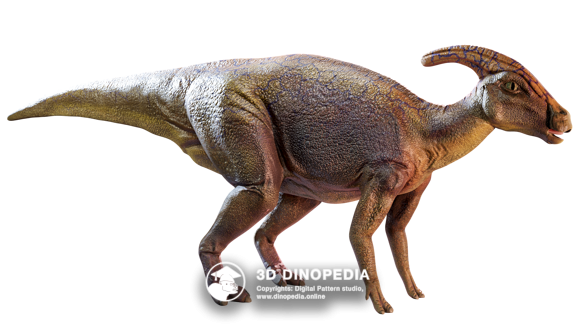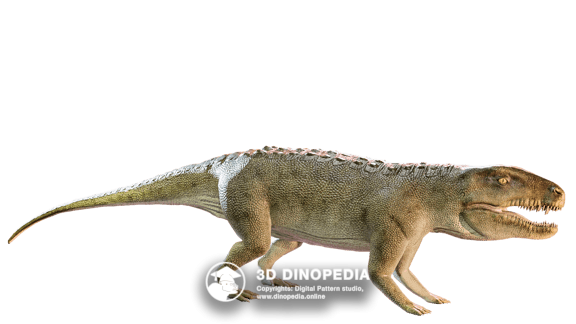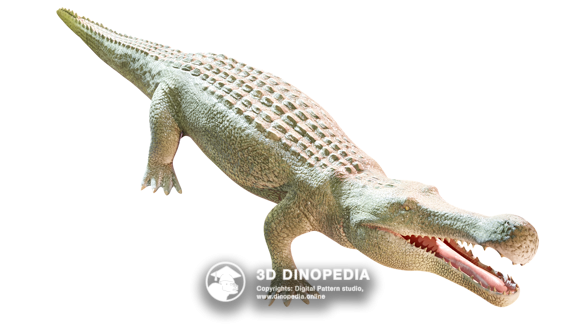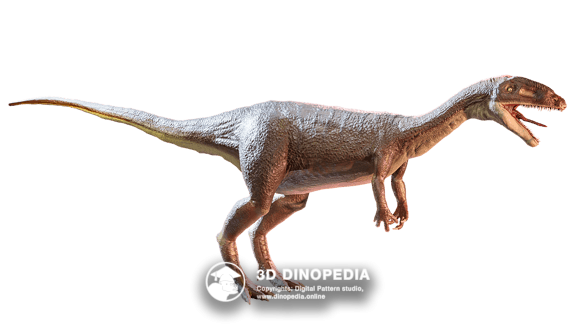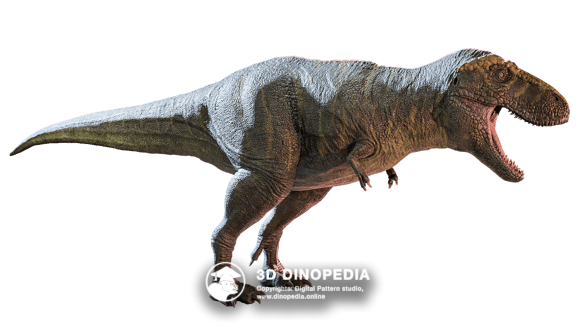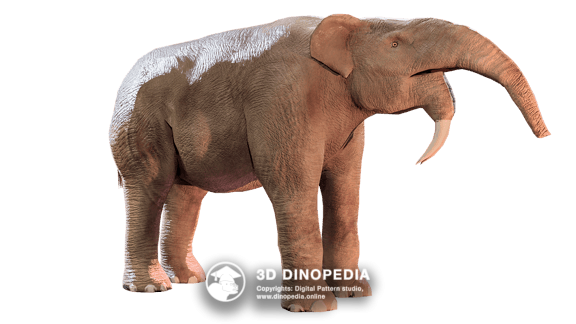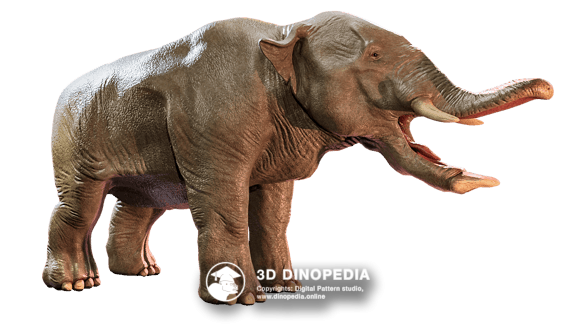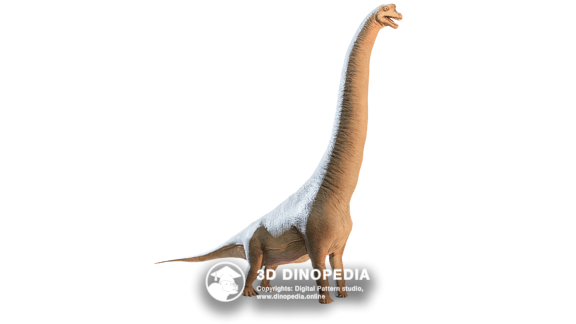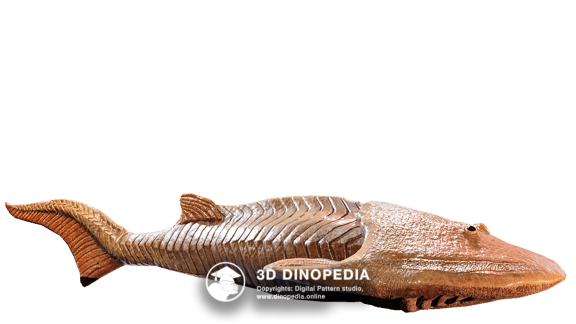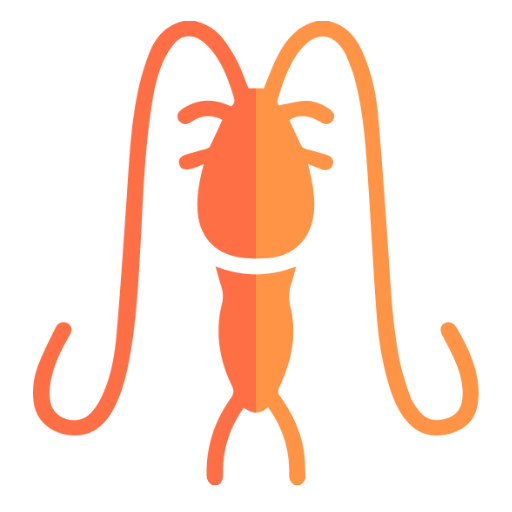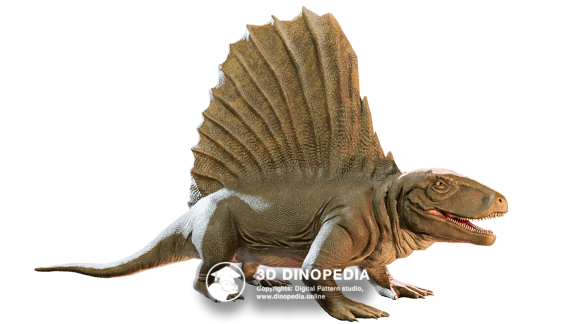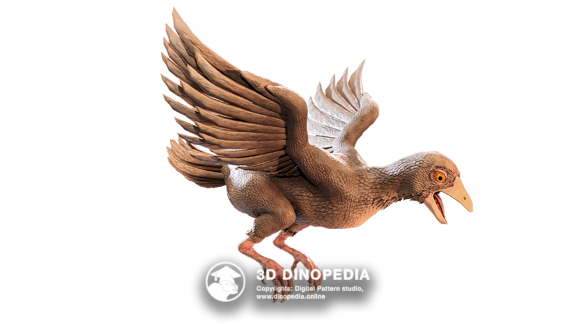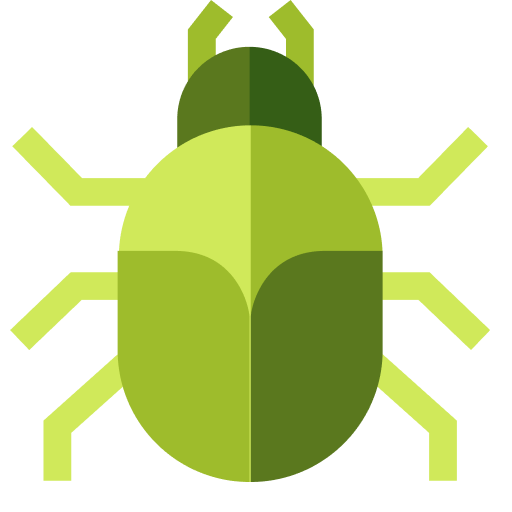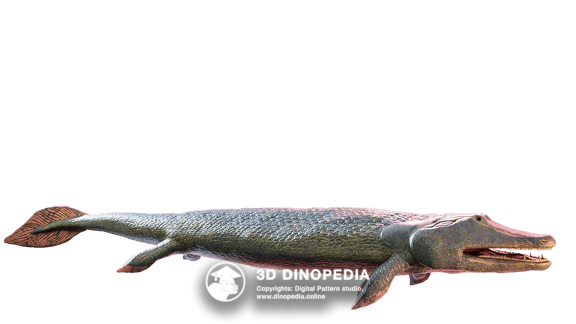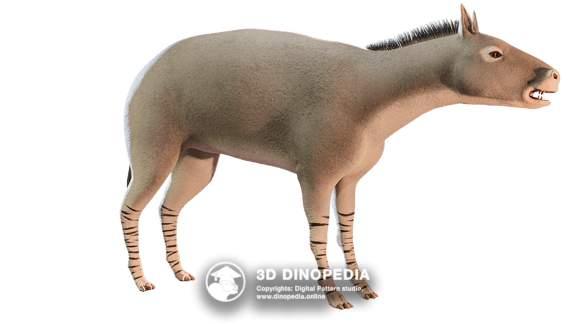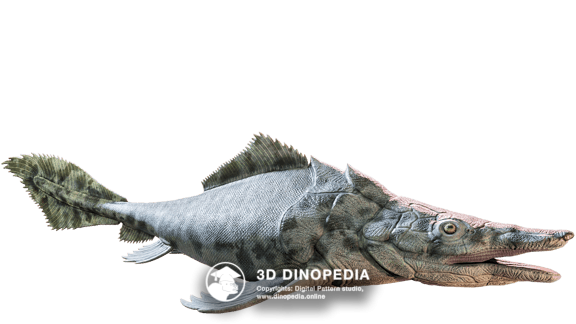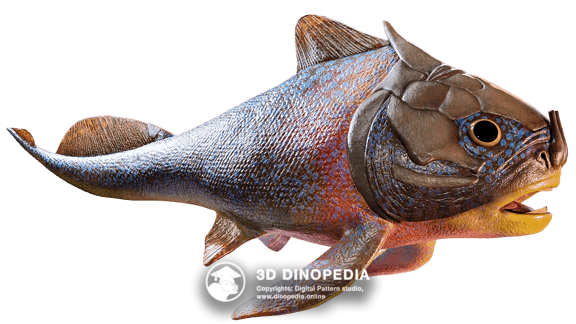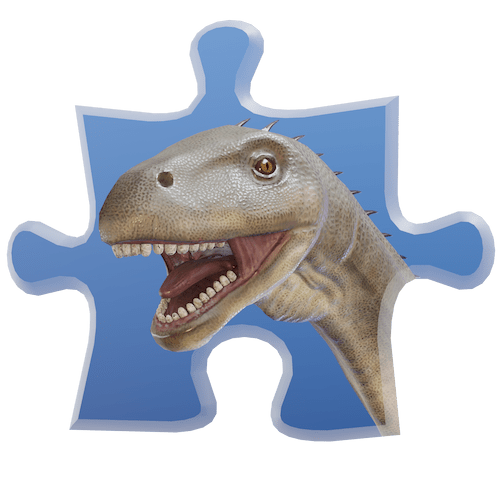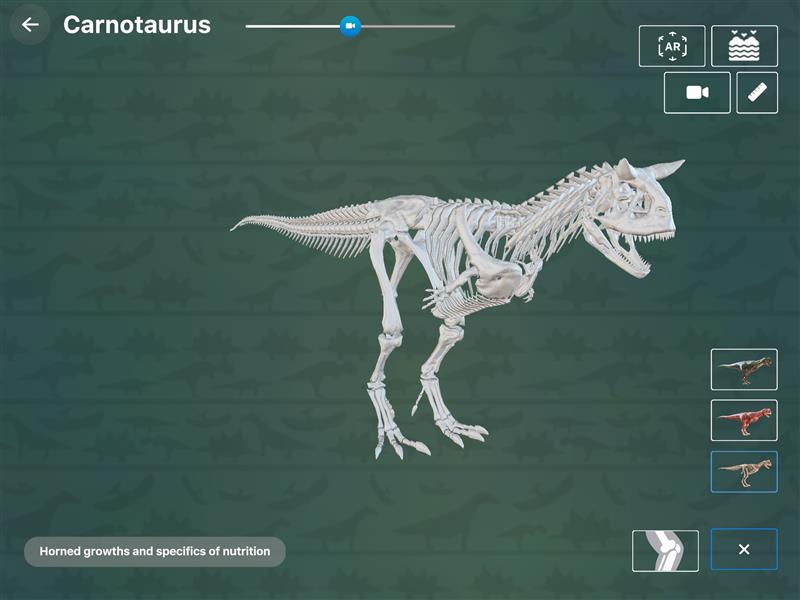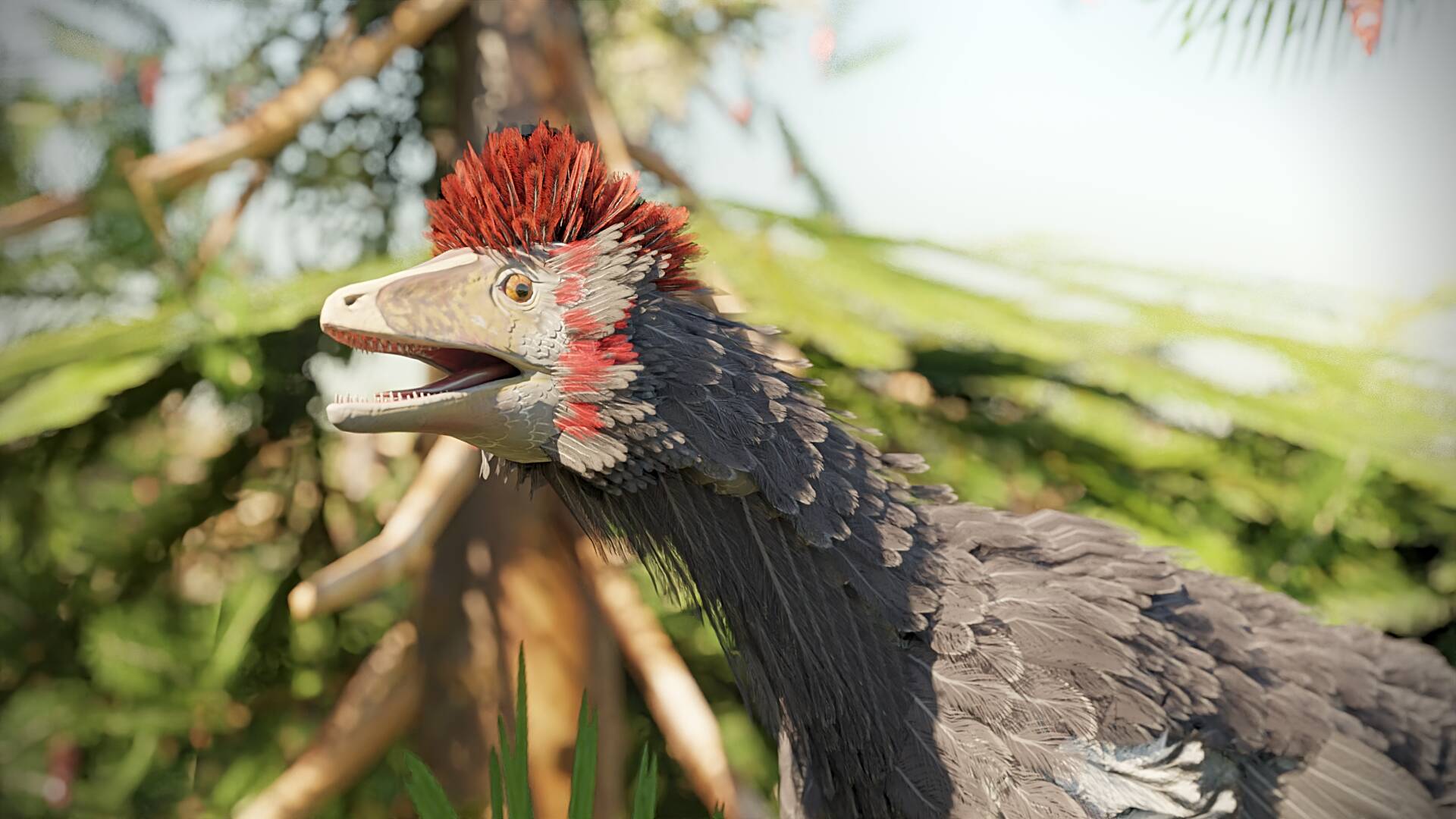Eorhynchochelys
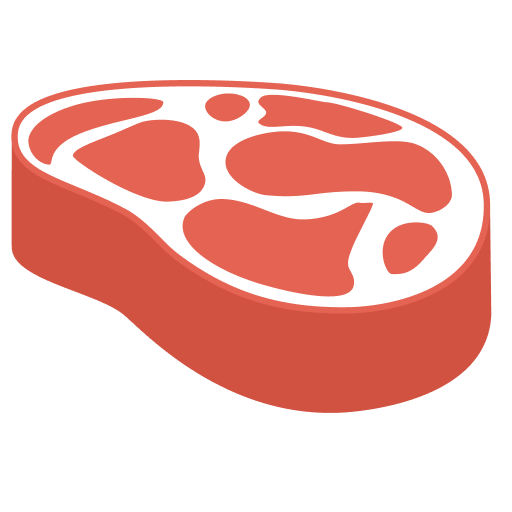
Name meaning:
Dawn-beaked turtle
Period of life:
228 million years ago
Period:
Habitat:
Marine environment
Taxonomy:
Turtles and tortoises
Countries:

Meaning of the name: "dawn-beaked turtle" (from the Greek "eos" - dawn, "rhynchos" - beak, "chelys" - turtle)
Eorhynchochelys is a remarkable creature that lived in the Late Triassic in what is now China, about 228 million years ago. This reptile had a unique structure, combining features of both turtles and lizards. It reached impressive sizes—nearly two meters in length—though its tail accounted for almost half its length. Its body was flat and disc-like, resembling a modern sea turtle, but Eorhynchochelys lacked a shell. Instead, it had broad and flat ribs that likely provided some protection but did not fuse into a single shield like those of modern turtles.
The head of Eorhynchochelys was relatively small compared to the size of its body. One of the most notable features of this reptile was its toothless beak, typical of all turtles. Eorhynchochelys's beak was well-developed and likely used for biting and grinding food. Its powerful limbs allowed it to move effectively on land and in water. The long tail likely helped with balance during swimming and maneuvering.
Unfortunately, the internal structure of Eorhynchochelys remains a mystery as soft tissues rarely survive in fossilized conditions. However, based on the structure of the skull and skeleton, scientists can make assumptions about its digestive, respiratory, and other systems, which were probably similar to those of modern reptiles.
Eorhynchochelys remains were found in marine sediments, indicating a coastal lifestyle. It likely lived in shallow waters, using its beak to forage in the mud for mollusks, crustaceans, and other small invertebrates.
Eorhynchochelys is an important find for paleontologists as it sheds light on turtle evolution. For a long time, it was a mystery how and when turtles acquired their characteristic features—the shell and beak. Eorhynchochelys, having a beak but no shell, supports the theory of mosaic evolution, which posits that different traits can develop independently of each other and at different rates.
Discussions
Other animals
 INTERESTING FACTS
INTERESTING FACTS
 PUZZLES
PUZZLES
 HOME
HOME
 3D MODEL "SKIN"
3D MODEL "SKIN"
 3D MODEL "MUSCLES"
3D MODEL "MUSCLES"
 3D MODEL "SKELETON"
3D MODEL "SKELETON"
 VISION
VISION
 NEIGHBORS
NEIGHBORS
 VOICE ACTING
VOICE ACTING
 AR - MODE
AR - MODE
 GALLERY
GALLERY
 HISTORY OF DISCOVERIES
HISTORY OF DISCOVERIES
